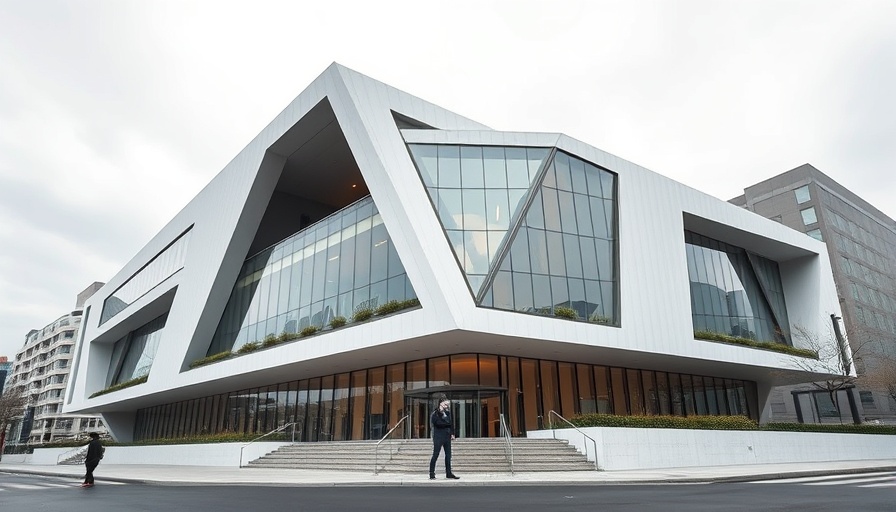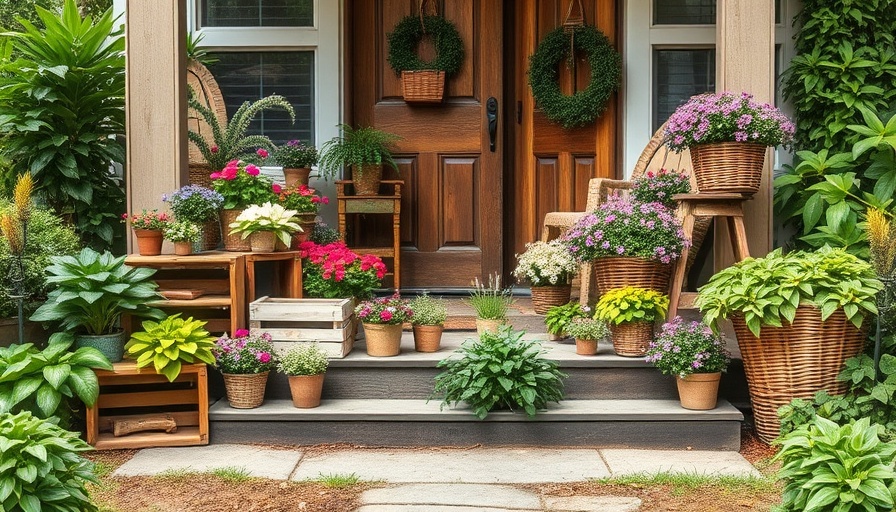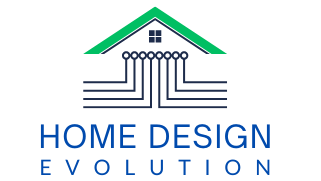
Understanding Sustainable Design: The Future of Living
In a world increasingly shaped by climate change and environmental concerns, the way we design our living spaces is more crucial than ever. The video Sustainable Design - Media TIC, Barcelona highlights innovative approaches to architecture that prioritize sustainability and efficiency. Let's delve into what sustainable design entails and its significance for homeowners looking to contribute positively to the environment.
In Sustainable Design - Media TIC, Barcelona, the discussion dives into key innovative approaches to eco-friendly architecture, exploring insights that sparked deeper analysis on our end.
Why Sustainable Design Matters
Sustainable design refers to creating buildings that reduce energy consumption and take advantage of renewable resources. It’s not just about the materials used, but also how the entire space interacts with its environment. For homeowners, embracing this kind of design means creating a space that's not only beautiful but also reduces their carbon footprint. Imagine a home that stays warm in the winter and cool in the summer while consuming less energy. That's the promise of sustainable design.
Key Features of Sustainable Homes
There are several standout features homeowners should consider when thinking about sustainable design:
Passive Solar Design: This approach harnesses sunlight for heating and lighting without requiring mechanical systems. Strategic placement of windows and overhangs can naturally regulate your home’s temperature.
Green Materials: Selecting eco-friendly materials like bamboo flooring, recycled metals, or non-toxic paints can significantly reduce the environmental impact of your home.
Energy-Efficient Appliances: Investing in appliances with a good energy star rating helps lower energy bills and reduces strain on resources.
Real-World Applications: Media TIC in Barcelona
The Media TIC building in Barcelona serves as an illustrative example of these principles in action. Designed with modern technology and sustainable materials, it incorporates innovative solutions that are replicable in residential projects. This building utilizes a variety of green technologies, including energy-efficient ventilation systems and solar panels, making it an icon of sustainable architecture.
Building a Sustainable Home: Practical Tips
For homeowners eager to embrace sustainable design, here are some practical tips:
Start with a Home Energy Audit: Understanding how energy flows in your home can help prioritize which upgrades are most needed.
Incorporate Nature: Using plants in your landscaping can improve air quality and provide natural cooling. Consider a green roof or vertical garden as part of your design.
Focus on Water Conservation: Install low-flow fixtures and consider rainwater harvesting systems to efficiently manage your water usage.
Future Outlook: What Sustainability Means for Homeowners
As the concept of sustainability evolves, so too does the responsibility of homeowners to adopt practices that align with a greener future. Sustainable design isn’t just a trend—it represents a shift toward a more conscious way of living that benefits both families and the environment. By investing in these principles, you ensure that your home contributes positively to the world around you.
In conclusion, exploring sustainable design can seem daunting at first, but the benefits far outweigh the challenges. As seen in the Media TIC building, innovative solutions are available, and implementing them in your own home can lead to significant rewards. Let’s embrace the future of living by taking our first steps toward sustainability.
Are you ready to make your home more sustainable? Start your journey today by researching local resources, consulting expert guidelines, or even joining community workshops focused on eco-friendly living!
 Add Row
Add Row  Add Element
Add Element 


 Add Row
Add Row  Add
Add 


Write A Comment